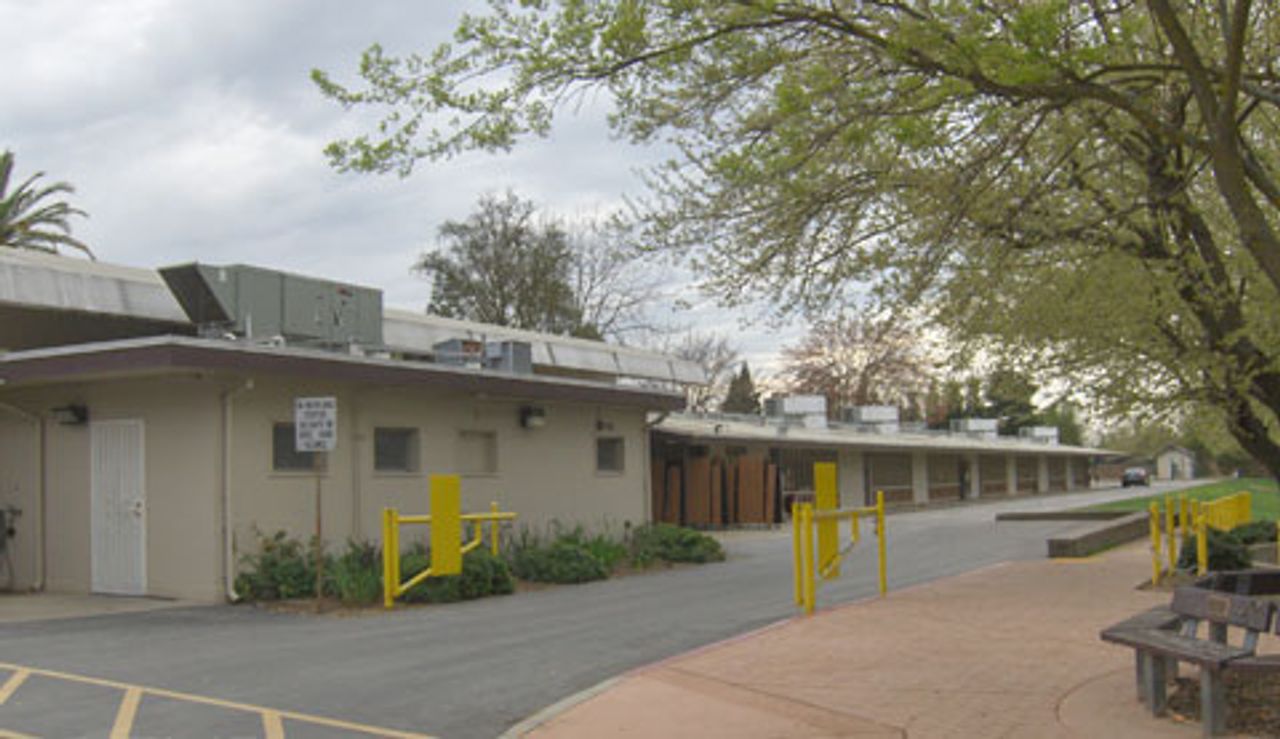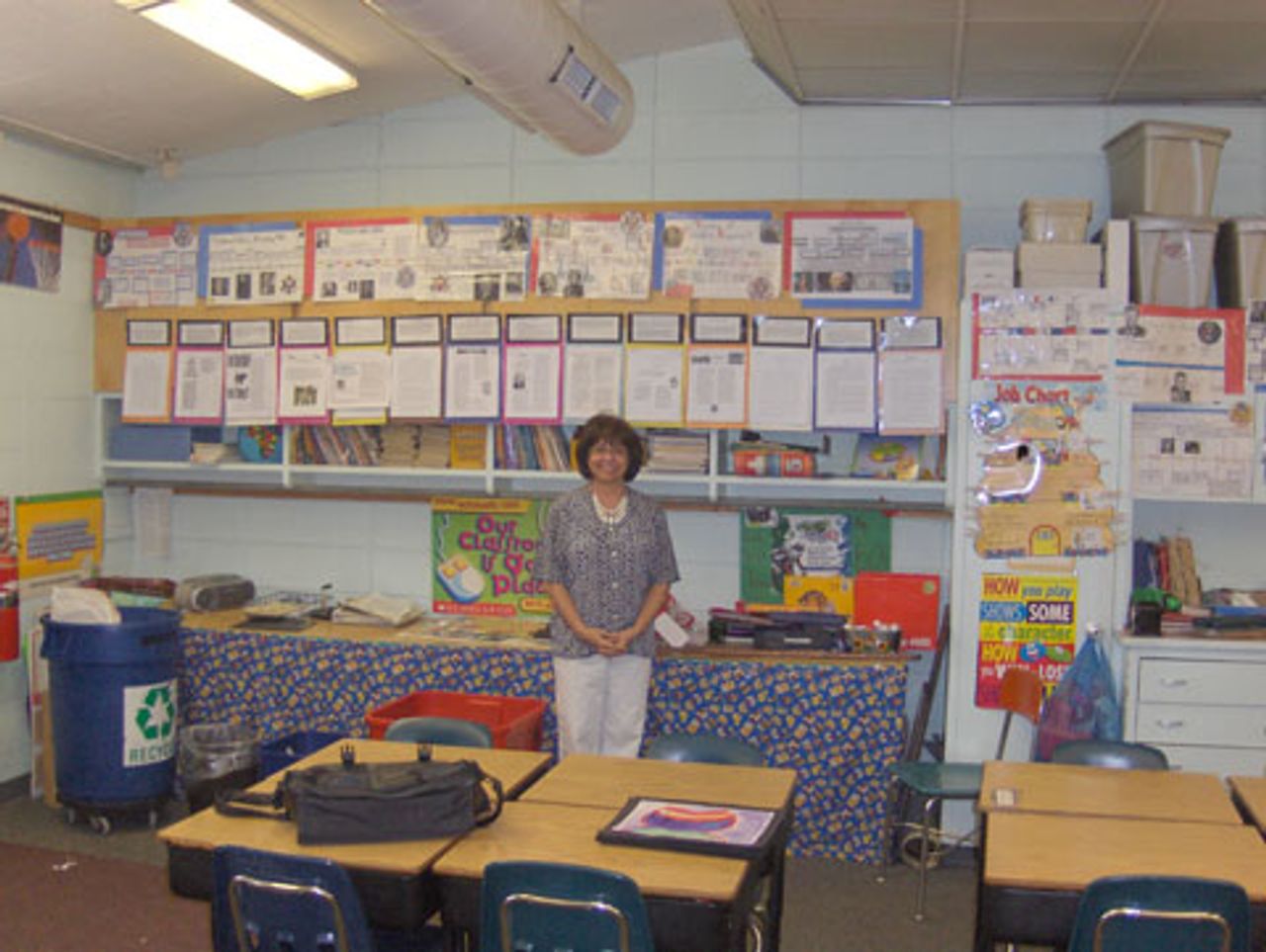The state government in California, led by Democratic Party Governor Jerry Brown, has proposed massive cuts to public education at all levels, ostensibly to help balance the budget.
Since academic year 2007-2008, funding per pupil for California K-12 public schools has declined by roughly 5 percent, from $8,235 per pupil to $7,693. If Brown’s proposed regressive taxes are not implemented, as much as $8 billion may be cut from schools this coming fiscal year, resulting in a decline of per pupil spending to $7,300, a 10 percent drop over four years.
Once boasting of the best education system in the US, California currently ranks 47th out of 50 states in per pupil spending. According to a report by UCLA’s Institute for Democracy, Education and Access (“Free Fall: Education Opportunities in 2011”), 30 percent of students attend a school that is considered financially troubled, and 74 percent of principals have reported a “dramatic” increase in class sizes since 2007. Underfunded schools cannot provide educational necessities for their students, such as up-to-date textbooks, let alone more technologically advanced teaching tools such as computers.
The education crisis in California is compound by the severe economic distress of the state’s working class families. The same report found that 75 percent of principals have reported an increase in the rate of student homelessness, while 56 percent have reported an increase in the incidence of “food insecurity” (a term meaning that a family does not know where their next meal is going to come from).
The housing crisis that set off the global recession had its epicenter in California. Regions of the state, such as the capital city of Sacramento, have seen a near-total economic collapse in housing, which directly correlates with the quality of education as well as the funding for schools.
 Earl Legette Elementary School, Fair Oaks, CA
Earl Legette Elementary School, Fair Oaks, CAWorld Socialist Web Site reporters interviewed teachers at Earl Legette Elementary School in Fair Oaks, California, a suburb of Sacramento.
Fifth grade teacher Rosemarie Pantages expressed her frustration over failed efforts to spare students from the impact of the budget cuts. “Our goal is to get cuts as far away from the classroom as possible, but with cuts to Class Size Reduction, there’s going to be an immediate hit.” Class Size Reduction is a program aimed at setting a maximum number of students per teacher. Smaller class sizes allow teachers to provide more one-on-one attention, which is necessary for a quality education.
 Rosemarie Pantages, 5th grade teacher
Rosemarie Pantages, 5th grade teacherTo prepare for the worst-case scenario, districts throughout the state have sent out over 26,000 pink slips to teachers, twice as many as last year, and an additional 15,000 to other school employees. These pink slips represent possible layoffs, indicating to recipients that they may or may not have a job next year.
 Debbie Jansson, 2nd grade teacher
Debbie Jansson, 2nd grade teacherAccording to another teacher at Legette Elementary, Debbie Jannsen, these pink slips are translating into real layoffs. “Laid off teachers have always been hired back,” says Jannsen, “but this year that is not going to happen. We have had about 300 pink slips in San Juan Unified School District, but a lot of them will not be back because Class Size Reduction is going away.”
Pantages noted that efforts are being made by students’ parents to make up for the cuts. During a recent field trip, volunteer parents supplied a dozen different vehicles because “we don’t have any district transit; we just can’t afford that.”
On the national level, President Barack Obama and his secretary of education, Arne Duncan, have escalated the effort to link funding for education to test scores that began under Obama’s predecessor, George W. Bush, with the No Child Left Behind Act. In a recent speech in Los Angeles, Duncan supported No Child Left Behind. He called for strengthening the ties between student test scores and teacher evaluations by using a technique known as “value-added,” in which teachers are measured according to their ability to boost student performance above predictions calculated from student history.
According to Duncan, “LA faces a perfect opportunity, not a perfect storm. The opportunity, I think, is breathtaking ... please don’t squander it.” This cynical statement is part of an attempt to victimize teachers for the crisis in public education brought on by budget cuts at the state and federal level.
With the increase in cuts to public education, the number of educators will decrease as the number of students rises. Therefore, educators will burdened with even more unreachable expectations.
Rory McClure, another teacher at Earl LeGette Elementary, is frustrated by the link between class sizes and test score expectations. McClure said, “As time goes by, we are dealing with more and more kids in each and every classroom, and they’re not coming into the classroom ready to learn.”
The shift toward charter schools, also promoted heavily by the Obama administration, will lower the standard of education, while simultaneously destroying the ability for workers to make a decent living by going into the teaching profession. As McClure noted, “As soon as they open the floodgates to education as a profit business, education as we know it dies. It’s taken over by companies that can afford to foot the bill, and they’ll decide what’s taught.”
Speaking about the role of Brown in deepening the attack on public education, McClure said, “The Democrats appear to represent working people, but ultimately their allegiance is split between really rich people and really poor people; they prey on the really poor people to get the votes, and then they align themselves with the really rich people. In our political system everybody seems resigned to the idea of returning to a segregation between the haves and the have nots.”
Public higher education is under similar attack. Brown has approved $1.7 billion in cuts for public universities and community colleges for the coming fiscal year, with the threat of much higher cuts looming in the future. The state’s public colleges have already suffered from several consecutive years of decreased funding.
California has three public college systems. The University of California (UC) system was once considered the highest quality public university system in the world. The California State University (CSU) system has more universities, and once offered quality education virtually free of charge in every region of the state. The community college system allows open enrollment, providing any adult in the state the chance to receive an education. All three systems will see decreases in funding for the coming year.
The CSU system will lose at least $500 million in funds, or the equivalent of 18 percent of current funding, with the potential for that total to double. In response to the cuts, CSU has announced that it will cut enrollment for the coming year by 10,000 students, increase class sizes and cut administrative staff. Over the last two years, the CSU system has decreased enrollment by 15,000, marking a clear trend in which a college education is becoming increasingly unobtainable for the state’s working class.
 Sean Arseo, student at San Diego
Sean Arseo, student at San DiegoState University
Sean, a student at San Diego University, part of the CSU system, has been forced to take a part-time job at a charter school to fund his college education. “This is a system designed to give students 20 lessons from a lesson packet and do the work independently. I grade all of the assignments, discuss work with students and help them on anything they need help on while the teacher does administrative work. Sounds an awful lot like job outsourcing to me. This job pays $11.80 an hour with 25 hours of work a week,” he added.
Kurt, another student at San Diego State University, told WSWS reporters how cuts are impeding his educational progress. “I have had to take pre-algebra from a community college to increase my math aptitude before I can matriculate to SDSU,” said Kurt. “Because of budget cuts, they are not offering math in the summer, which means I am a semester behind in math, which actually puts me a year behind at SDSU since I can only matriculate in the fall semester.”
Both Sean and Kurt spoke of personal financial hardships. “I have had to take out $20,000 a year in student loans because I am ineligible for the Cal Grant,” said Sean. “Coming into my final year of college, I have incurred around $60,000 in debt.”
Kurt explained, “I live well below the poverty line, and my degree is my ticket to financial independence.”
